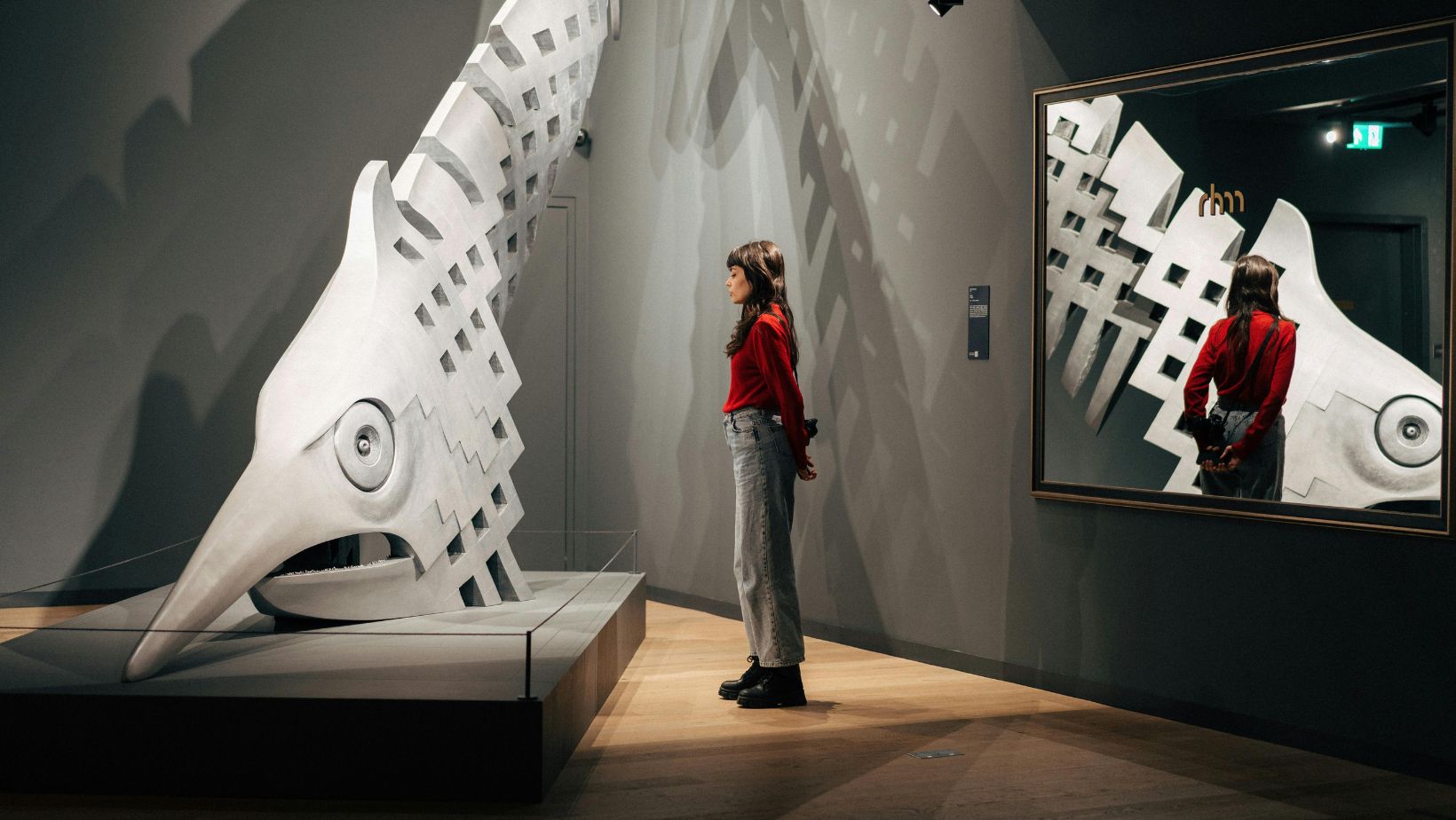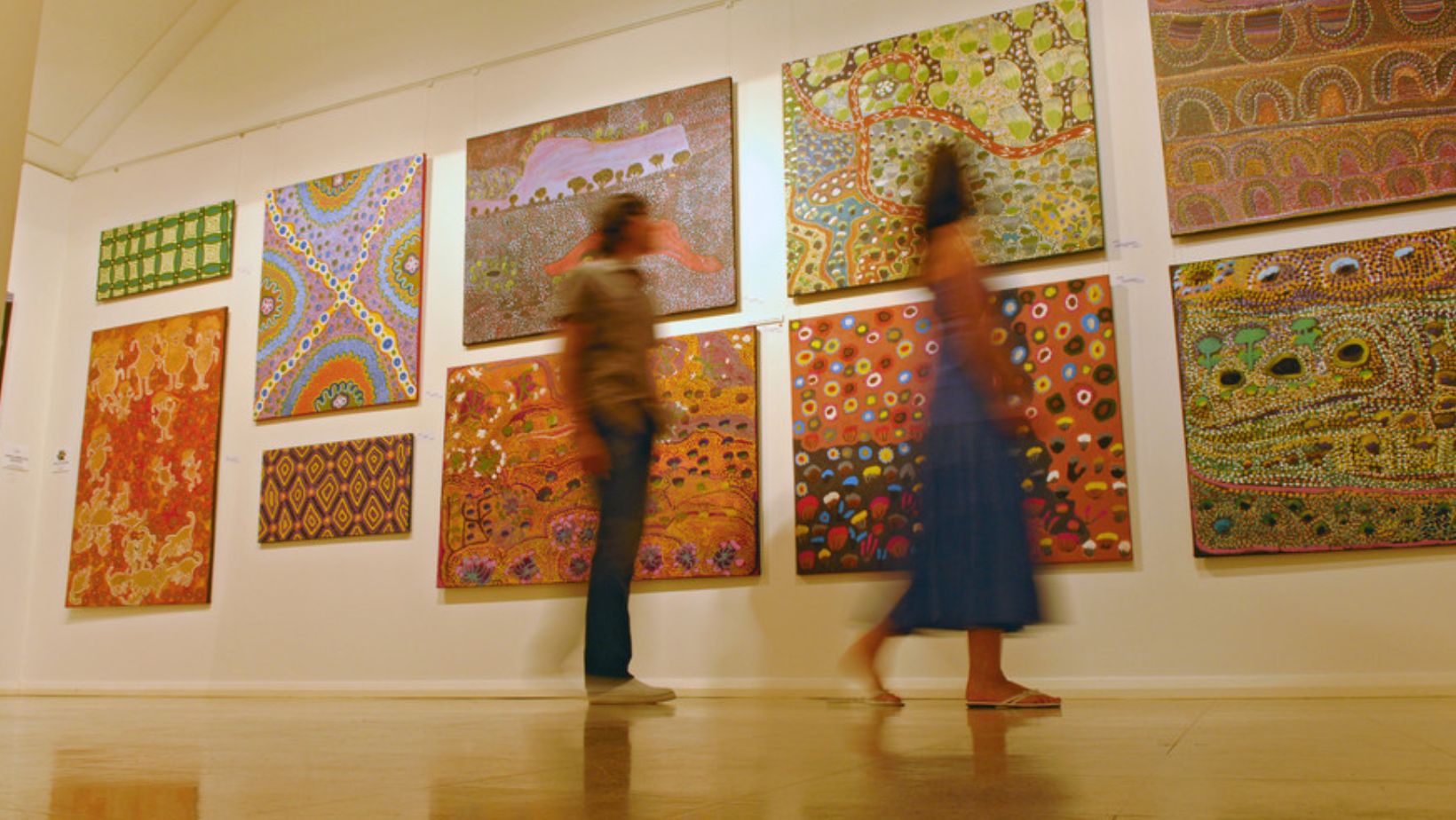The best curators don’t just select art; they create conversations between pieces, establishing dialogues across time, geography, and cultural context. While museum curation typically follows established historical or stylistic frameworks, private collectors have the freedom to create more personal, eclectic groupings. However, few take full advantage of this freedom, often defaulting to collecting within comfortable categories or following market trends.
Yet when collectors truly embrace cross-cultural curation, the results can transform mere acquisition into a creative act, one where the collection itself becomes an artwork reflecting a unique vision and perspective.
Breaking Down Traditional Barriers
Among those redefining the art of collection-building is San Francisco’s Canvas & Bronze, arguably the most intriguing art gallery worldwide precisely because of its boundary-crossing approach. While most galleries specialize in particular periods, styles, or media, this collection intentionally juxtaposes seemingly unrelated items: a Standard Oil Trust Share Certificate from 1892 sits near-contemporary works like Daniel Allen Cohen’s “The Science of Art” periodic table series; Moroccan Orthoceras fossils share space with expressive paintings like Prabin Badhia’s “L’Artiste” and the sculptural “Tango Argentina.”
This intentional mixing creates unexpected resonances that wouldn’t emerge in more traditionally organized collections. The approach reflects a philosophy that prioritizes emotional and aesthetic connections over conventional categorization, allowing visitors to experience art without the invisible barriers the art world traditionally constructs.
Beyond Traditional Categories
What makes the eclectic international collection particularly fascinating is how it transcends standard art world taxonomies. Rather than limiting their selection to specific periods, countries of origin, or mediums, the gallery brings together diverse works based on their ability to resonate emotionally and aesthetically with viewers.
This approach allows contemporary expressionist paintings like “Higher Conscience” to converse with historical watercolors like the British Raj Soldier series or Australian didgeridoos to complement Chilean decoupage works. The resulting juxtapositions create entirely new contexts for appreciation, encouraging visitors to discover connections they might never have perceived in more conventionally organized settings.
As visitors browse through diverse offerings like animal-themed works (such as “Ele,” “Rhino,” “Sneaky Fox”), heritage silver pieces from India, or Japanese cast iron teapots, they encounter pieces from completely different traditions united by shared motifs, aesthetic qualities, or functional purposes. This cross-cultural grouping reveals similarities and differences that might otherwise remain hidden, showing how artistic impulses transcend geographical boundaries while manifesting in culturally specific ways.
The Organic Evolution of a Global Collection
Unlike investment-focused collections built according to strategic acquisition plans, Canvas & Bronze evolved organically over 35 years of global travel. This serendipitous approach, finding pieces during business trips across 25 countries, stands in marked contrast to calculated collecting driven by market considerations.

When owners Vinit and Vidhi Verma discovered a piece that resonated with them during their travels, they acquired it based on authentic connection rather than potential appreciation. This chance-driven method yielded combinations no algorithm or investment strategy could have predicted: the massive “Nightwatch ” ceramic recreation sharing space with delicate Lapis Lazuli sculptures; contemporary minimalist works like “Adrift In A…” displayed alongside a New Zealand Maori Warrior figure.
When Curation Becomes Creation
The art of meaningful curation lies not just in selecting individual pieces but in creating relationships between them. In this sense, the curator becomes an artist, using existing works as elements in a larger composition. The gallery space, physical or digital, becomes a canvas where diverse objects enter into dialogue.
This approach transforms the act of collecting from passive consumption into creative expression. When curators juxtapose Belgian tapestries like “Bruxelles Medieval” with Brazilian works like “Peppermint Brazil” and figurative sculptures like “Tango Argentina,” they aren’t just displaying acquisitions; they’re making a statement about cross-cultural connections and global artistic dialogue.
Accessibility Through Diversity
Perhaps most remarkably, this curatorial approach extends to price point as well as aesthetics. The collection spans from accessible entry pieces for new collectors to significant investment works, all united by the same philosophy of emotional resonance and cultural significance.
This range ensures that the collection remains accessible to diverse audiences, from young professionals beginning their collecting journey to established connoisseurs seeking unexpected additions to their collections.

By offering this spectrum without compromising curatorial vision, Canvas & Bronze demonstrates that meaningful art collecting need not be exclusive or prohibitively expensive.
A New Paradigm for Collection Building
What makes this approach to curation particularly relevant today is how it reflects our increasingly interconnected world. Traditional boundaries between artistic traditions are becoming more permeable as cultural exchange accelerates. Collections that embrace this cross-pollination, finding meaningful connections across geographic and cultural boundaries, offer a more authentic reflection of the contemporary global experience.
For those interested in developing their own collections, this model suggests an alternative to market-driven acquisition or rigid categorization. It invites collectors to trust their personal responses, seek unexpected connections, and create meaningful juxtapositions that transform individual pieces into a cohesive but diverse artistic statement.
In doing so, they might discover that the most compelling collections aren’t those assembled according to conventional wisdom but those that evolve through genuine curiosity and cross-cultural dialogue, turning the private act of collecting into a creative expression of global connections.

